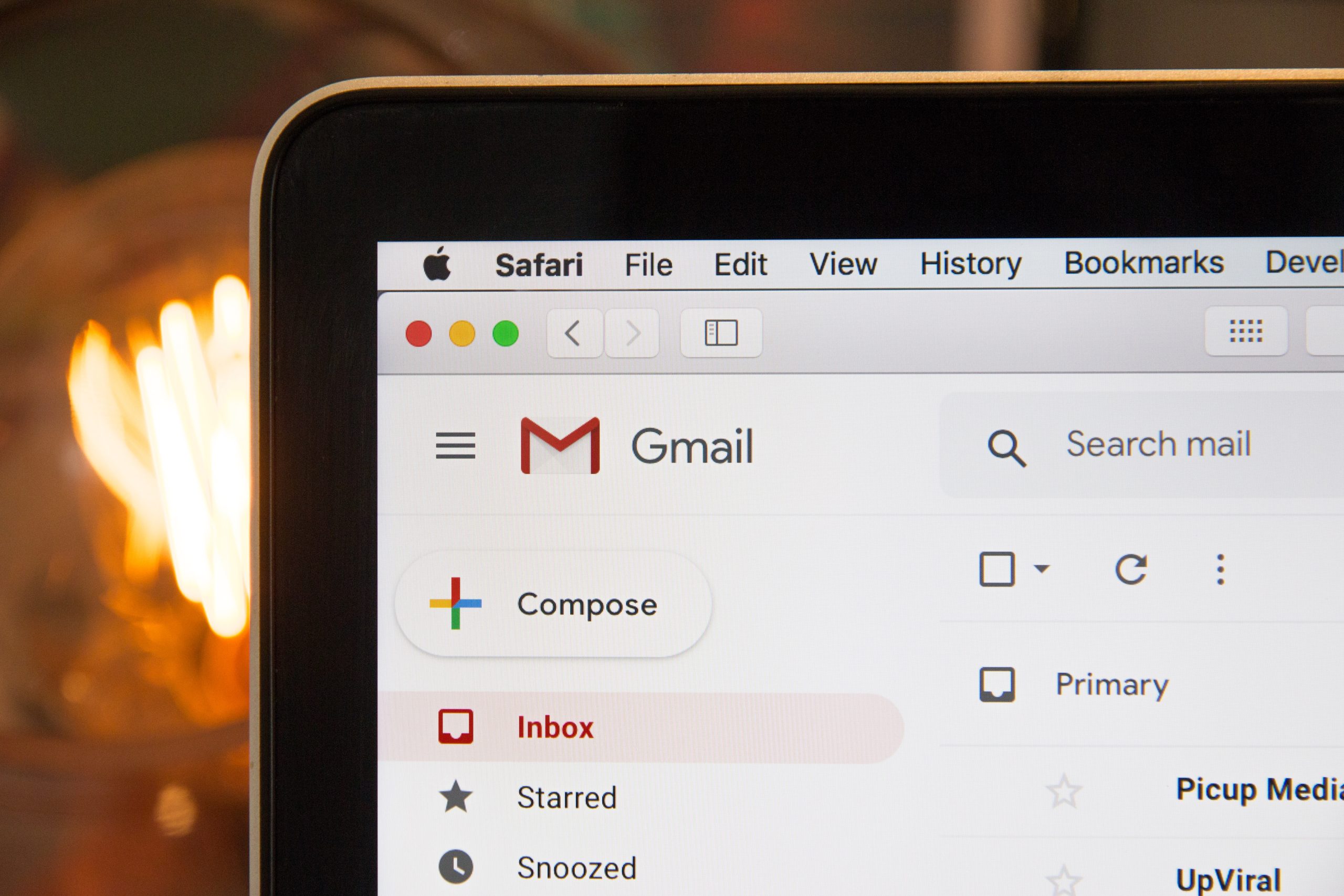Table of Contents
Picture this: you attend a networking event and meet potential clients who seem genuinely interested in your product or service. You exchange business cards, have meaningful conversations, and leave feeling hopeful about the future of your small business. But then what? How do you ensure that those initial connections turn into actual sales? The answer lies in mastering the art of follow-up emails. In this complete guide, we will equip you with the strategies, templates, and best practices to craft compelling follow-up emails that will help you close deals and grow your business.
Why follow-up emails are essential for success
Follow-up emails are essential for success because they give you a second chance to make a lasting impression. In today’s fast-paced world, it’s easy for potential customers or business partners to forget about you amidst the constant influx of information. Sending a follow-up email shows that you are proactive and genuinely interested in their needs, leaving a positive impact on your professional reputation.
Moreover, follow-up emails allow you to build relationships and foster trust with your audience. By staying in touch with your contacts through timely and personalized messages, you demonstrate that you value their time and opinions. This can lead to increased engagement and loyalty from your target market as they perceive your brand as reliable and attentive.
Furthermore, follow-up emails provide valuable opportunities for feedback and constructive criticism. Prompting recipients to share their thoughts on previous interactions or requesting suggestions for improvement not only helps strengthen the bond between both parties but also uncovers potential pain points or areas for growth within your business. Leveraging these insights allows you to refine your strategies, products, or services accordingly, ultimately driving success in the long run.
In conclusion, mastering the art of follow-up emails can propel your small business, entrepreneurial endeavors, or marketing efforts towards remarkable achievements by ensuring that no opportunity slips through the cracks. By recognizing their imperative role in today’s competitive landscape and approaching them strategically with clear objectives in mind – be it relationship-building or gathering invaluable feedback – you set yourself up for greater recognition and success within your industry.

Setting the stage: The art of crafting compelling subject lines
Crafting compelling subject lines is a crucial aspect of any follow-up email. It’s your chance to make a strong first impression and entice the recipient to actually open your email amidst an overflowing inbox. So how do you set the stage for success? Firstly, keep it concise – research shows that subject lines with fewer than 50 characters have higher open rates. Consider using emotive language or intriguing statements that pique curiosity without revealing everything upfront.
Secondly, personalization is key. Gone are the days of generic mass emails; today’s recipients seek tailored experiences. Addressing your email directly to the recipient or including their name in the subject line can significantly increase open rates and engagement. Use any available information about the recipient, such as recent events or shared interests, to create a more personalized subject line.
Lastly, don’t shy away from creativity and experimentation. A unique and eye-catching approach can make all the difference in standing out from other emails in an overcrowded inbox. Utilize wordplay, puns, or even emojis (if appropriate) to draw attention and pique curiosity. However, ensure that your creativity aligns with your brand voice and target audience preferences.
By carefully crafting compelling subject lines through conciseness, personalization, and creative experimentation, you can significantly improve open rates for your follow-up emails. Remember that these subject lines act as gateways into building meaningful connections with potential clients or customers – so make them count!
Timing is everything: When to send your follow-up emails
Timing is everything when it comes to follow-up emails. It can make the difference between getting a response and being ignored. While there’s no one-size-fits-all answer to the best time to send your follow-up emails, there are a few factors to consider.
Firstly, think about the industry you’re in. If you’re targeting busy professionals or executives, sending your follow-up email late in the evening or early in the morning may not be effective as they might already have a full inbox by then. Instead, try sending it during regular business hours when they are more likely to be checking their emails.
Secondly, consider the nature of your relationship with the recipient. If you’ve had previous interactions or established rapport with them, sending a timely follow-up email could show enthusiasm and dedication. However, if this is your first contact with them or if they seem unresponsive, it might be better to wait a couple of days before following up.
Ultimately, understanding your audience and adapting your timing accordingly is key when it comes to effective follow-up emails. Experiment with different timings and gauge responses to find what works best for your specific situation.
![]()
Crafting the perfect message: Tips and tricks for effective communication
Crafting the perfect message is essential when it comes to effective communication. Whether you’re writing a follow-up email or reaching out to a potential client, the words you choose can make all the difference. One tip for creating a compelling message is to personalize it as much as possible. Show that you’ve taken the time to research and understand your recipient’s needs and interests, tailoring your message accordingly. By doing so, you’ll not only capture their attention but also establish a sense of connection and trust.
Another trick for crafting an effective message is to keep it concise and focused. Avoid rambling or going off on tangents, as this can quickly lose your reader’s interest. Instead, clearly articulate your main point or objective right at the beginning of your message, and then provide supporting details or examples. Remember that people are busy and have limited time, so getting straight to the point will increase the chances of them engaging with what you have to say.
One often overlooked aspect of effective communication is paying attention to tone and language choice. The way in which you communicate can greatly impact how your message is received. Consider using positive language when possible, employing words that inspire action rather than apathy. Also, be mindful of any jargon or specialized terms that might confuse your reader; instead, strive for clarity by using simple yet precise language.
Personalization is key: How to tailor your follow-ups for maximum impact
Personalization is the secret ingredient that can take your follow-up emails from mundane to memorable. By customizing your message based on the recipient’s specific interests, needs, and preferences, you demonstrate that you genuinely care about meeting their individual requirements. Take the time to do some research before hitting send – browse their social media profiles, review past conversations, or even check out their recent blog posts. Use this information to craft a tailored message that shows you’ve done your homework and showcases how your product or service aligns with their unique situation.
Beyond just addressing recipients by name, personalization should extend to the content and tone of your follow-up emails as well. Instead of sending generic templates or using vague language, focus on delivering relevant details that resonate with the recipient. Show empathy towards any pain points they mentioned during previous interactions and provide clear solutions to address those challenges directly. Sharing success stories from similar clients can also lend credibility and build trust by demonstrating real-world results. Remember, personalized follow-ups go beyond simply selling – they aim to build meaningful connections and foster long-term relationships with your contacts.

Call to action: Encouraging the recipient to take action
When crafting a follow-up email, the call to action is a crucial element that can make or break your chances of success. Instead of simply stating Please let me know your thoughts, be more specific and provide a clear action step for the recipient to take. For example, you could ask them to schedule a call or meeting with you by offering multiple date and time options. This not only shows that you are proactive and eager to move forward but also makes it easier for the recipient to respond.
Furthermore, it is important to create a sense of urgency in your call to action by setting deadlines or emphasizing scarcity. By introducing limited-time offers or exclusive deals, you can motivate recipients to take immediate action instead of putting off their response indefinitely. People are more likely to act if they feel like they might miss out on something valuable if they don’t take action promptly.
In addition, personalization plays a vital role in encouraging recipients to take action. Tailoring your call-to-action statements based on individual needs and pain points will make them feel understood and valued as customers. Use the information you have gathered about them throughout previous interactions or research their industry trends for insights into what matters most to them. Demonstrating that you have taken the time and effort to understand their specific situation increases the likelihood that they will act upon your request.
Conclusion: Mastering follow-up emails for business growth
Mastering follow-up emails is an essential skill for any business looking to drive growth and nurture relationships. However, it’s not just a matter of persistence; it’s about striking the right balance between being persistent and respectful. One key aspect of follow-up emails is personalization – taking the time to craft tailored messages that show you value each individual recipient. By addressing their specific pain points or interests, you’ll demonstrate that you have done your homework and are genuinely invested in their success.
Another crucial consideration when crafting follow-up emails is timing. Sending prompt follow-ups after initial contact can help keep your business top of mind while showing that you are proactive and reliable. However, bombarding prospects with overly frequent or irrelevant messages will ultimately do more harm than good. Finding the sweet spot between regular communication and avoiding becoming a nuisance will greatly improve your chances of securing new contracts or partnerships.
Finally, don’t forget to leverage technology to streamline your follow-up process. Automation tools can be incredibly helpful for sending timely reminders, scheduling meetings, or even tracking email open rates and response rates. By using these tools creatively, you can ensure that no lead falls through the cracks and take advantage of data-driven insights to refine your approach.
In conclusion, mastering follow-up emails requires a delicate balance of persistence, personalization, timing, and technology. This guide has provided actionable strategies for small businesses, entrepreneurs, and marketers seeking to maximize their growth potential through effective follow-ups.

